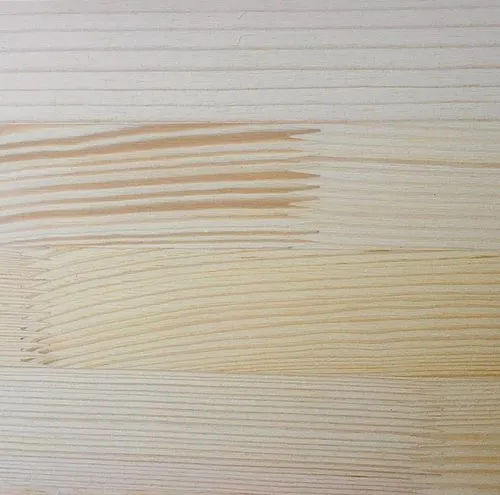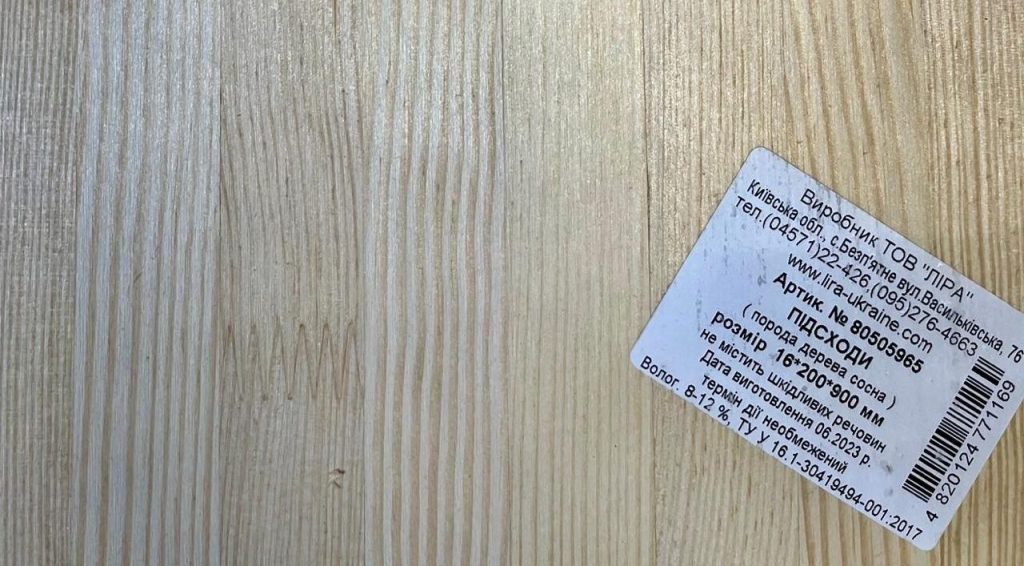
Finger-joint wood is an engineered wood product created by joining shorter pieces of wood end-to-end using interlocking “fingers” or joints that resemble interlaced fingers. These joints are cut into the ends of the wood pieces, creating a zigzag pattern that provides a large surface area for adhesive bonding. The joints are then glued under pressure to form longer, continuous pieces of wood. It can cut off knots and other imperfections in the wood. This process enhances the quality and appearance of the final timber product.
KEY CHARACTERISTICS AND ADVANTAGES
1. Material Efficiency:
- Maximises Use of Smaller Pieces: By using shorter lengths of timber that might otherwise go to waste, finger-jointing maximises the utilisation of available resources.
- Reduces Waste: This method helps reduce the amount of wood waste in the timber industry.
2. Structural Integrity:
- Strong Bonds: The interlocking fingers create a large surface area for adhesive, resulting in solid bonds that enhance the structural integrity of the timber.
- Improved Stability: Finger-jointed timber is less likely to warp, twist, or split compared to solid wood of the same length, as the joints help distribute stress more evenly.
3. Cost-Effectiveness
- Economical: It is often more cost-effective than using long lengths of solid timber, as it utilises smaller and potentially lower-grade pieces.
- Efficient Production: The process allows for more efficient and cost-effective production of long timber lengths.
4. Aesthetic Flexibility
- Smooth Surface: The timber can be sanded and finished to create a smooth, uniform surface suitable for visible applications.
- Versatile Finishing: This can be painted, stained, or finished to match various aesthetic preferences, although the joints may sometimes be visible depending on the finish.
5. knots and defects removal
- Uniform Appearance: By removing knots and other imperfections, finger-joint timber presents a more uniform and visually appealing appearance, which is especially important for visible applications such as mouldings, trim, and furniture.
- Eliminates Weak Points: Knots can be weak points in timber, potentially leading to cracking or splitting. Removing them improves the overall strength and stability of the wood.
- Consistent Strength: Removing knots ensures the timber has consistent structural properties throughout its length.
- Easier to Machine: Timber without knots is more accessible to machine, cut, and finish, resulting in cleaner cuts and smoother finishes.
PROCESS OF CREATING FINGER-JOINT TIMBER WITHOUT KNOTS

1. Selection of raw material
Logs or planks with knots and other defects are identified and cut into smaller, defect-free pieces.
2. Cutting SPIKES (Finger Joints)
The ends of these smaller pieces are cut into finger-like profiles.
3. Application of Adhesive
A high-quality adhesive is applied to the finger joints to strengthen the bond.
4. Joining
The pieces are joined under pressure to form long, continuous lengths of timber.
5. Curing and Finishing
The adhesive is allowed to cure, and the timber is planned, sanded, and finished as needed.
Overall, creating finger-jointed timber enhances both the aesthetic and structural qualities of the wood, making it a highly desirable material for a wide range of applications. Lira LLC is committed to excellence in manufacturing top-tier finger joint wood products, utilising advanced techniques and stringent quality control measures to ensure the highest standards.

